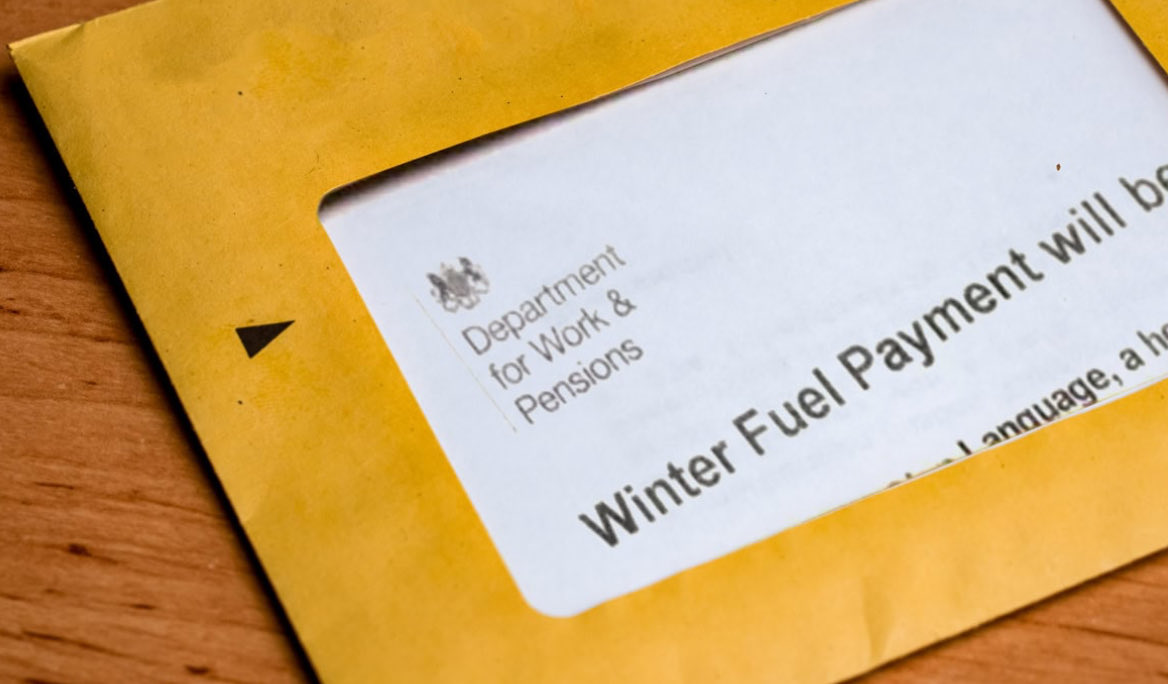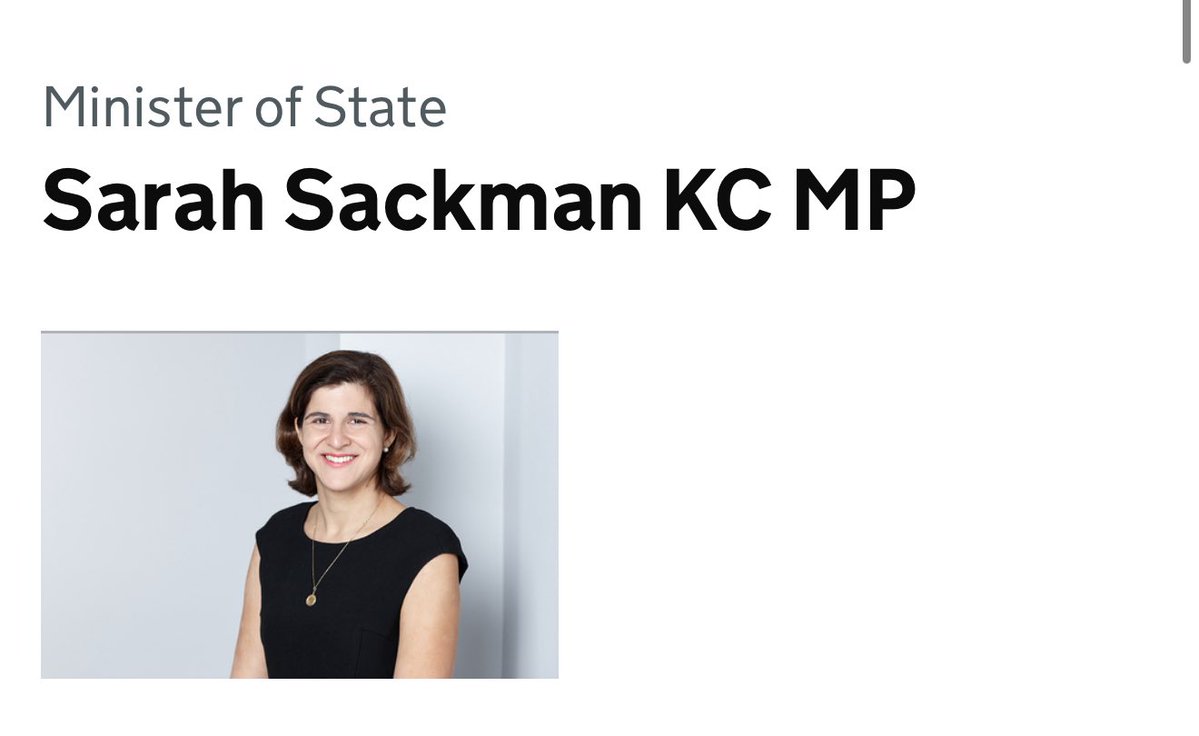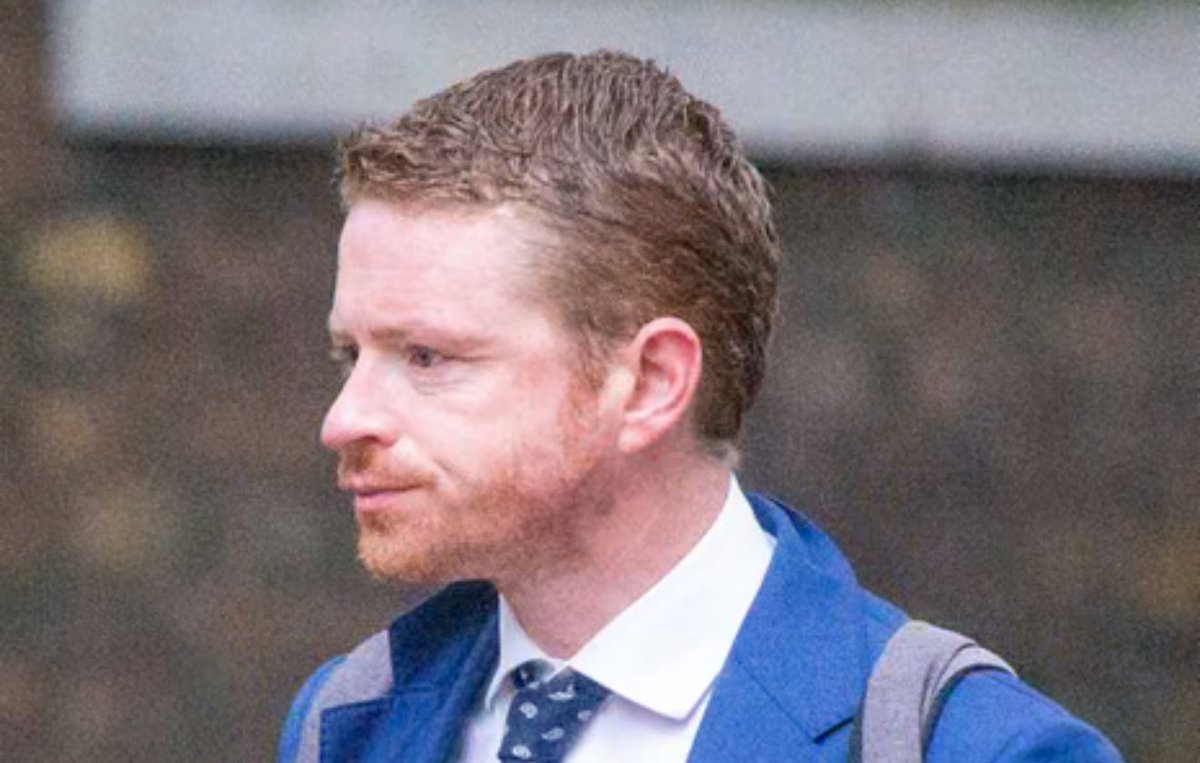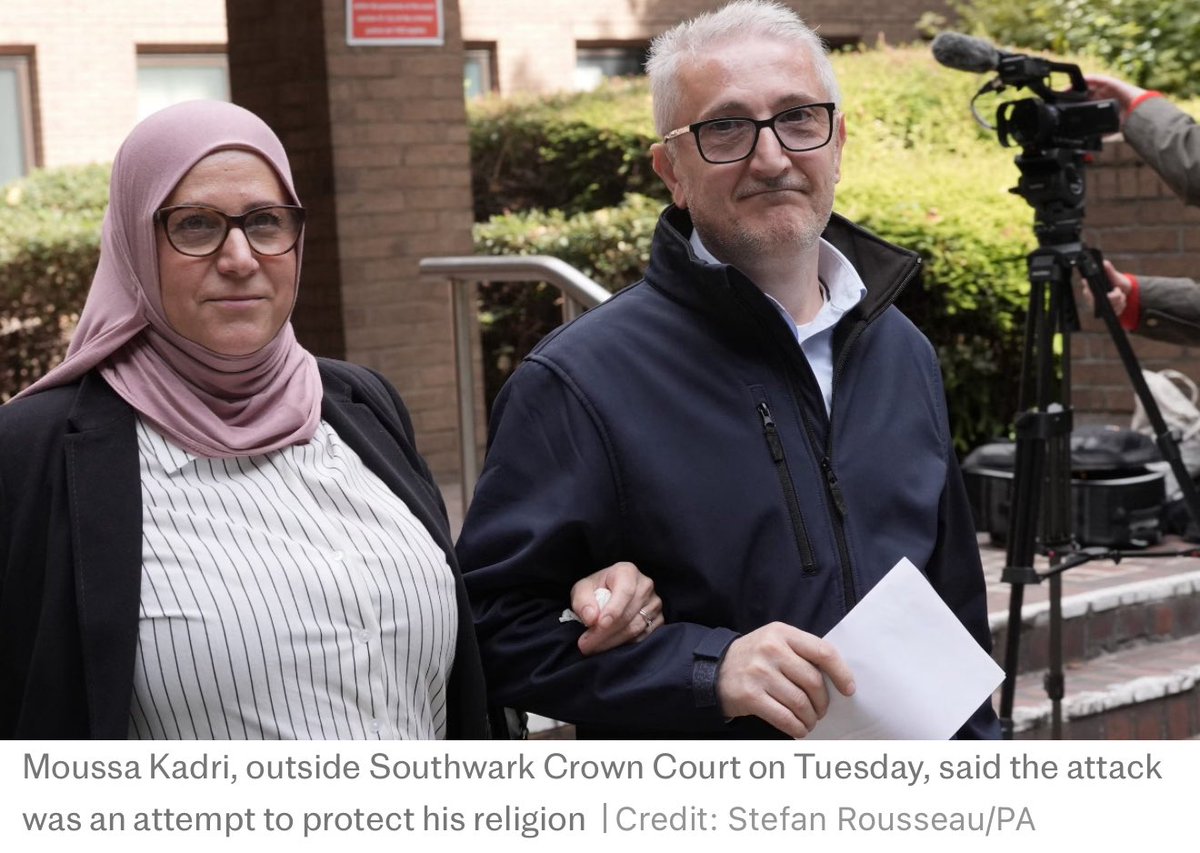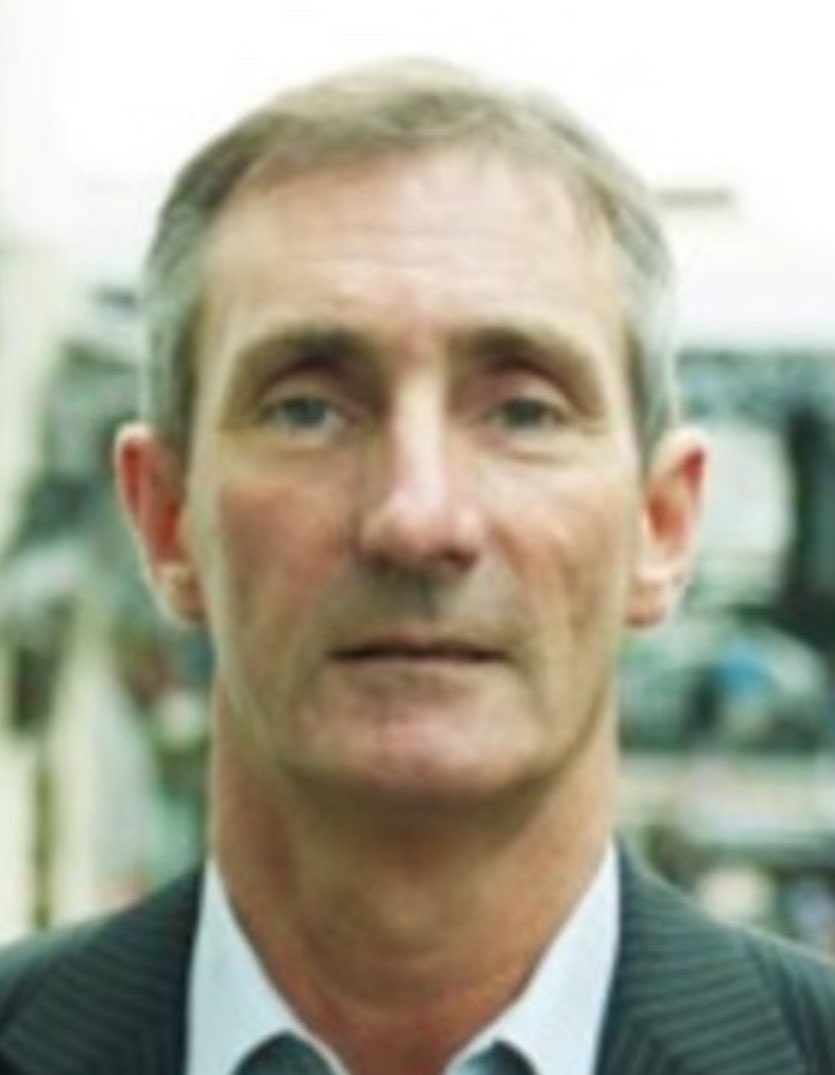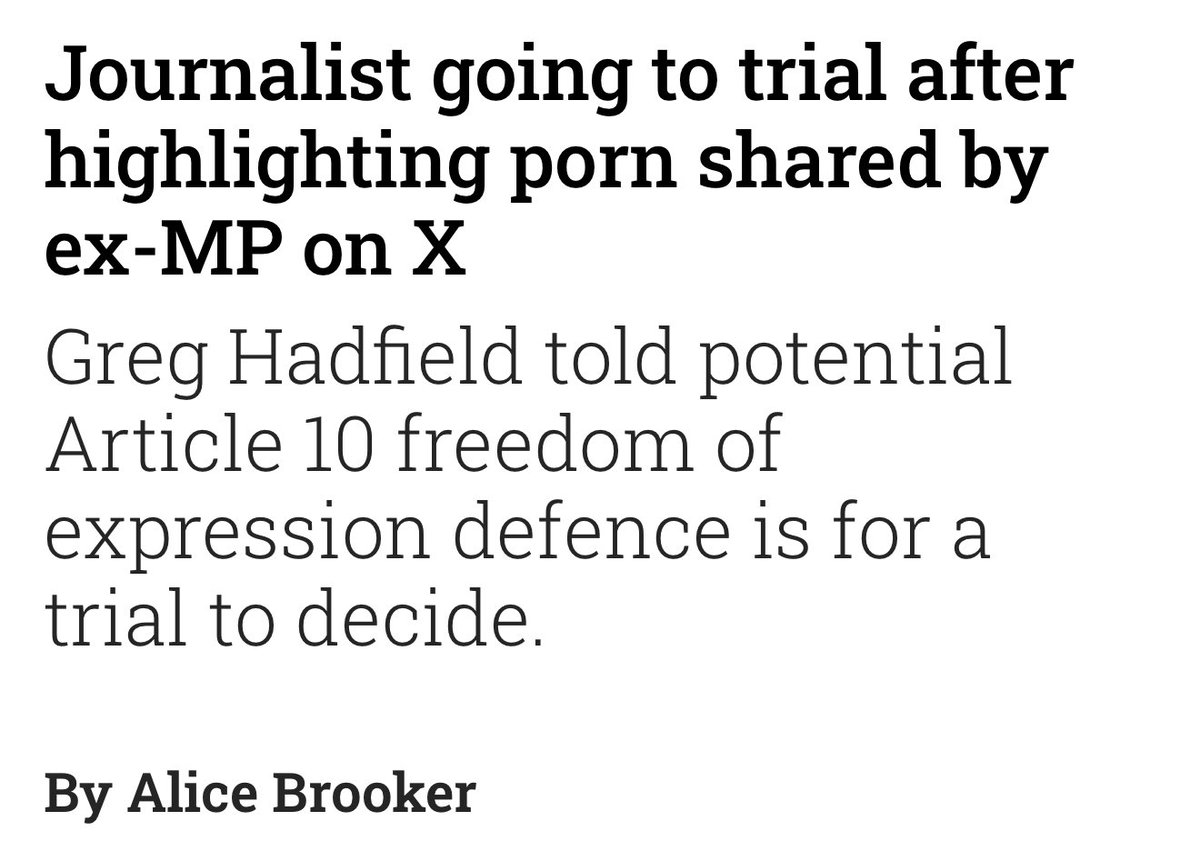Britain’s state-backed weather & climate service has been up to some astonishing things.
And at the center of it all? One woman most have probably never heard of.
Penelope Endersby, chief executive of the Met Office.
Her agency’s actions might leave you speechless.
Thread 🧵
And at the center of it all? One woman most have probably never heard of.
Penelope Endersby, chief executive of the Met Office.
Her agency’s actions might leave you speechless.
Thread 🧵

Endersby has led the Met Office since December 2018.
The agency operates as a trading fund under the Department for Science, Innovation and Technology, supplying climate data that shapes government policy.
The agency operates as a trading fund under the Department for Science, Innovation and Technology, supplying climate data that shapes government policy.

It manages hundreds of temperature stations across Britain, frequently cited in policy announcements, and serves as the UK's primary weather forecaster. 

As a trading fund, it runs with financial autonomy, handling its own revenues and expenses outside the government’s main budget, allowing it to function more like a business. 

Given its role in providing data-driven insights, you’d expect the Met Office to be rigorously objective. In reality, it is far from it. 

Last December, journalist Ray Sanders uncovered through a series of FOI requests that 103 of the 302 climate stations recording UK temperatures don’t actually exist. 

By examining historical logs, he found that the ‘Braemar No. 2’ station, for example, in Aberdeenshire had supposedly been collecting data since 1959—despite only being installed in 2005. 

What Sanders uncovered was the Met Office “merging” data from nearby sites to estimate temperatures.
But then he found out they were doing worse with their current recordings...
But then he found out they were doing worse with their current recordings...
Dover and Folkestone have both been "recording" temperatures but neither actually exist. Instead, Endersby and her crew had been using stations sometimes well over 10 miles away to report "precise" temperatures for the locations. 

When Sanders confronted them, a Met Office spokesman admitted, “We use regression analysis to create a model of the relationship between each station and others in the network.” 

Weeks later, after the revelation spread on social media, the Met Office quietly renamed the webpage that contained these recordings from “UK Climate Averages” to “Location-Specific Long-Term Averages.” 

They even added a disclaimer. The page now states that its locations cover the UK evenly but don’t necessarily correspond to actual weather stations.
No announcement. No explanation. Just a quiet change that made it look as if it had always been there.
No announcement. No explanation. Just a quiet change that made it look as if it had always been there.

In short, they’ve used questionable data to “evidence” heating claims, which the legacy media then repeated. And rather than addressing the issue, they quietly rebranded their methods without proper explanation.
Even where real temperature stations exist, their placements raise doubts about their accuracy. Some of Britain’s most alarming heat records come from locations surrounded by artificial heat sources. 

In 2023, an “extreme” temperature was recorded at Teddington Bushy Park, where the measuring device sat beside a high wall reflecting heat and a newly built housing development. 

Similarly, Chertsey’s highest summer temperature reading last June faced scrutiny when it was revealed that the device was located near a newly installed solar farm with over 1,800 panels—an obvious heat source. 

Sanders confronted them again about the solar panels. Their response: “The temperature measurements meet standards for publication and scientific use.” 

In September 2024, an FOI request revealed a brutal contrast in assessments. While international standards classify nearly 80% of Met Office weather stations as unreliable, the Met Office itself rates over 90% of them as “Excellent,” “Good,” or “Satisfactory.” 



One of the most notorious examples of their "quality" weather/temperature stations came on July 19, 2022, when they announced that the UK had hit 40°C for the first time ever. 

One reading was taken at RAF Coningsby, a military airbase, just as three fighter jets were landing nearby. The Met Office labelled the record as a “milestone in climate history.” 

Beyond station placement, the Met Office has been caught tampering with historical climate data (HadCRUT). Older readings from the mid-20th century have been lowered, while recent temperatures have been artificially increased. 

They first adjusted the 1940s data by subtracting 0.15°C. Then, between 2000 and 2014, they revised HadCRUT’s original report of a 0.03°C per decade warming, raising it to 0.08°C. The latest version, HadCRUT5, now reports 0.14°C per decade. 

Endersby and the Met Office's, let's say, "misdeeds" go on...
Rest of breakdown here:
All sources linked, as always.news.starknakedbrief.co.uk/p/the-silent-b…
Rest of breakdown here:
All sources linked, as always.news.starknakedbrief.co.uk/p/the-silent-b…
• • •
Missing some Tweet in this thread? You can try to
force a refresh







